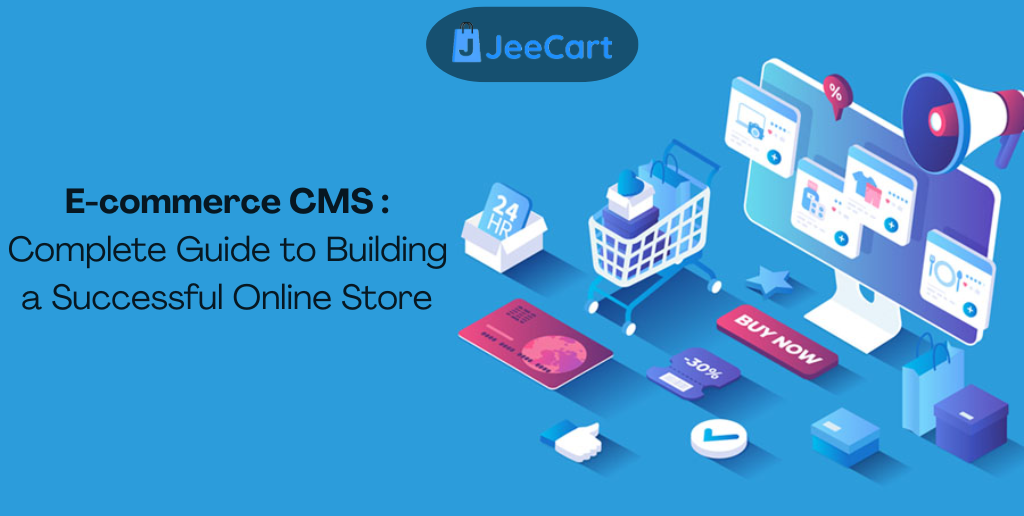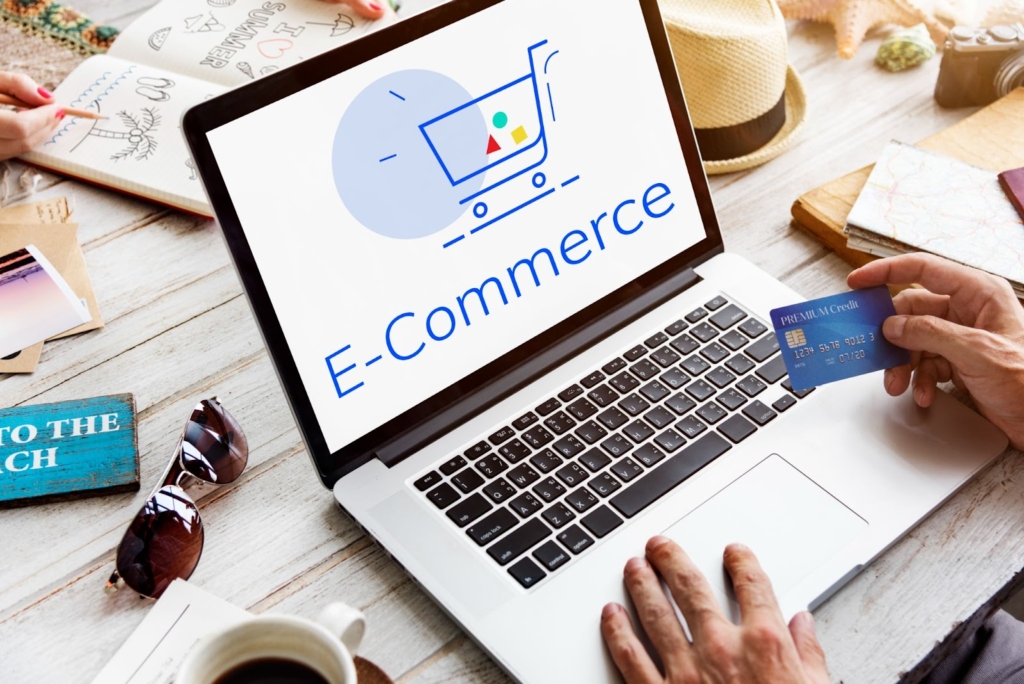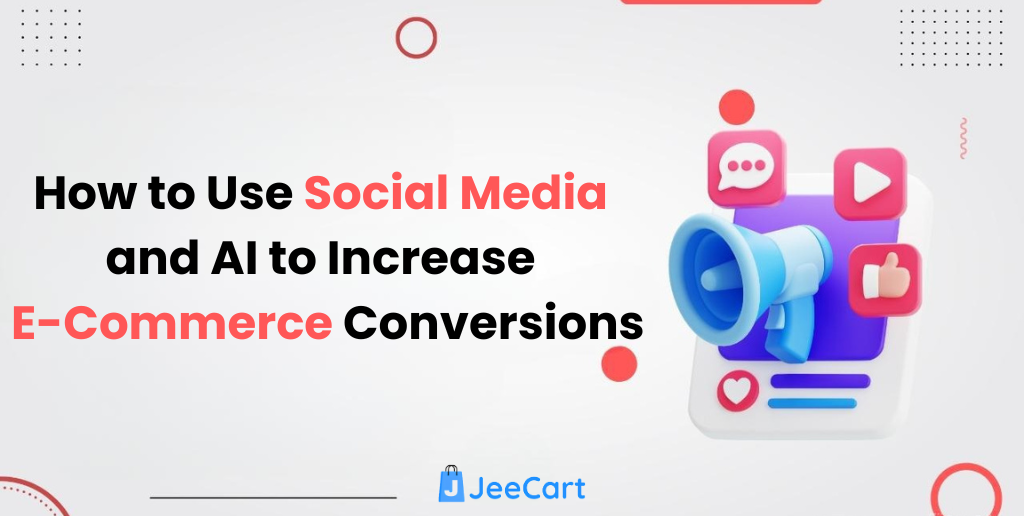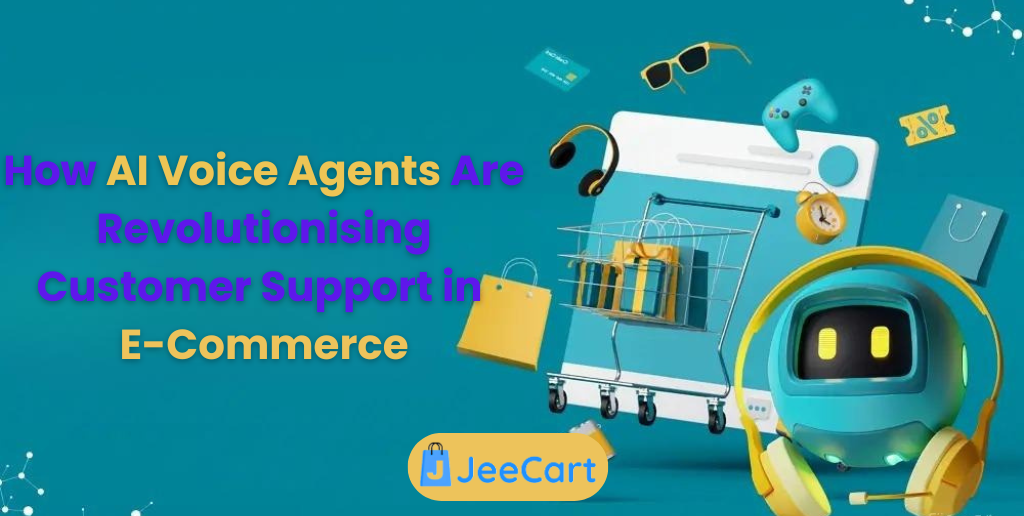
Basic website builders are often the starting point for many businesses, but as the company grows, they tend to move towards e-commerce CMS. Then, suddenly, stagnant sales become a scaling success. What do you mean by the shift, and how do you select the CMS that opens the shift?
In 2023, Mobile shopping reached $2.2 trillion, representing 60 percent of all online shopping. By 2025, it could reach $6.5 trillion. Phones and tablets have become the most popular form of shopping, fast, convenient, and universal. That is why a scalable and user-friendly E-commerce CMS is more important than ever.
Biggest News – Your digital business, conversion rates, customer experience, and scalability potential depend on your e-commerce CMS.
In this guide, we’ll explore how to choose, adopt, and maximize the ideal CMS platform to achieve long-term growth in 2025.

What is an e-commerce CMS?
An e-commerce CMS refers to a specialized type of content management system software designed to handle online retailing, unlike traditional CMS platforms such as WordPress that focus mainly on publishing content.
An e-commerce CMS combines essential retail features like product catalog management, shopping cart solutions, online payments, inventory management, and customer relationship management. With the right ecommerce marketplace development services, store owners can manage orders, update listings, and maintain a smooth customer experience without dealing with constant manual tasks.
E-commerce CMS VS Traditional CMS:
- Product Management: Advanced inventory tracking with SKU management
- Payment Integration: Built-in support for multiple payment gateways
- Tax Calculations: Automated tax computation based on location
- Shipping Management: Real-time shipping rate calculations
- Customer Accounts: Comprehensive user profiles with purchase history
WooCommerce, Magento, and BigCommerce are all popular e-commerce CMS that provide different benefits based on business models and technical needs. Shopify is also a popular e-commerce CMS platform.
Which Features Define a Winning E-commerce CMS in 2025?
Essential Modern Features:
-
Mobile-First Design
There are more than 1.65 billion mobile shoppers who buy goods via mobile, and your e-commerce CMS must focus on mobile optimization. Contemporary systems have responsive themes and mobile checkout.
-
AI-Driven Personalization
The high-tech e-commerce CMS systems also utilize artificial intelligence to offer personalized product suggestions, thereby increasing the average order value.
-
Omnichannel Selling Capabilities
The customers experience the company similarly across all the touch points due to differentiation by social media, marketplaces (Amazon, eBay), and offline POS systems.
-
Built-in SEO Tools
Modern platforms include automated sitemap generation, structured data markup, and meta tag optimization to improve search engine visibility.
-
Video Content Integration
Video marketing services that do not require any third party platforms for product video, live video stream service, and video demonstration services.
How to Choose the Best E-commerce CMS for Your Online Store?
Critical Selection Factors:
-
Scalability Requirements
When choosing an E-Commerce CMS option, consider future growth predictions, expected traffic volumes, and planned product catalog expansion.
-
Technical Expertise
Determine the technical competencies of your team. The hosted solutions are less costly to maintain compared to self-hosted platforms, which are more customized.
-
Integration Needs
Test the tools in place (accounting software, email marketing software, analytics) and verify their ability to integrate without problems.
E-commerce CMS Platforms
This table now delves deeper into feature clarity, target business size, and modern features,giving readers actionable insight for 2025.
| Platform | Best For | Strengths | Limitations |
| Shopify | Small to mid-businesses | Excellent ease-of-use, app ecosystem, quick setup, substantial mobile UX | Monthly fees add up; customization limited without apps or themes |
| WooCommerce | Small to large, flexible use | Deep customization, WordPress integration, cost-effective base platform | Requires plugin management, hosting overhead, more technical upkeep |
| BigCommerce | Fast-growing SMBs | Rich built-in features (B2B support, multichannel), high scalability | Less flexible theme ecosystem: enterprise plans can get pricey |
| Magento (Adobe Commerce) | Enterprises | Business-level customization, superior inventory and segmentation. | Extremely complex, needs technical development team and is expensive to maintain. |
| Headless CMS (e.g. Commerce-as-a-Service) | Omnichannel businesses | Maximum flexibility, and current technology stack, works well across multi-touchpoint UX. | Needs very powerful dev resources, increased setup time. |
Mobile commerce has become so prevalent that it is projected to generate 2.5 trillion dollars by 2025. Ecommerce video marketing is an effective way to grow a business, as adding product Video Impact can increase conversion rates by 6-86.
What Makes E-commerce Video Marketing a Must-Have Strategy Today?
Product Demonstration Videos:
Embed videos directly into product pages through your e-commerce CMS. Product videos increase conversion rates by 64%.
Live Shopping Experiences:
Modern E-commerce CMS platforms support live streaming integration, allowing real-time product demonstrations and customer interaction. Live commerce generates 10x higher engagement than traditional ecommerce.
Video-Enhanced Sales Funnels:
Incorporate Ecommerce video marketing throughout your customer journey:
- Awareness Stage: Brand story videos and product introductions
- Consideration Stage: Detailed product demos and comparison videos
- Purchase Stage: Customer testimonials and social proof videos
Platform Integration Strategies:
- YouTube Shopping: Direct product linking from video content
- Instagram Reels: Short-form product showcases with shopping tags
- TikTok Commerce: Viral video content driving direct sales
How Can You Build a Successful Online Store with the Right E-commerce CMS?
Step-by-Step Implementation Guide:
Step 1: Define Your Niche & Goals
Determine target market, product lines, and sales goals. This is the basis you used to identify your Ecommerce CMS feature requirements and scalability requirements.
Step 2: Choose Your CMS Platform
On the basis of the above comparison, choose the Ecommerce CMS that fits your technical, financial, and development strategies.
Step 3: Design User-Friendly Storefront
Dwelling on easy navigation, quick load times, and being mobile. 53 percent of mobile users give up on any site that takes more than 3 seconds to load.
Step 4: Configure Payment Gateways & Security
Improve the security and conversion rate using the security system, PCI, and other digital wallets.
Step 5: Set Up Product Catalogs & Inventory Management
Use clear categories, descriptions, high-quality images, and automated inventory to avoid overselling.
Building an E-commerce Sales Funnel with Your CMS
A successful e-commerce sales funnel can lead a potential customer through the following organized steps. Your E-commerce CMS should be able to facilitate every step with relevant functionality and content.
Funnel Stage Implementation:
Awareness Stage:
- SEO-optimized blog posts and landing pages
- Social media integration for content sharing
- E-commerce video marketing for brand introduction
Interest Stage:
- Product comparison tools and detailed specifications
- Email capture forms with lead magnets
- Retargeting pixel implementation
Decision Stage:
- Customer reviews and ratings display
- Live chat functionality for immediate support
- Limited-time offers and urgency messaging
Purchase Stage:
- Streamlined checkout process (preferably single page)
- Multiple payment options and guest checkout
- Trust signals and security badges
Loyalty Stage:
- Automated email sequences for onboarding
- Loyalty program integration
- Personalized product recommendations

What Are Common Mistakes in E-commerce CMS Setup?
Critical Pitfalls:
-
Over-Customization Without Scalability
Excessive modifications can create maintenance nightmares and limit future growth. Focus on essential customizations that enhance user experience without compromising platform stability.
-
Ignoring Mobile-First Experience
With mobile commerce representing 54% of total ecommerce sales, neglecting mobile optimization severely limits growth potential.
-
Neglecting SEO & Structured Data
Most Ecommerce CMS users do not have structured data markup, which means they do not have the benefits of rich snippets and better search ranking.
-
Underutilizing E-commerce Video Marketing
Not using video content in your e-commerce sales funnel is a lost conversion opportunity and lower engagement rates.
Is Your Ecommerce CMS Future-Proof or Falling Behind?
Emerging Technologies:
-
AI Personalization & Predictive Analytics
The emerging E-commerce CMS systems will include high-level Artificial Intelligence that can deliver forecasting inventory, automatic price optimization, and hyper-personalized customer experience.
-
Headless Commerce & API-First Architecture
Headless CMS solutions offer the highest level of flexibility, allowing easy integration with a wide range of touchpoints with centralized content management.
-
Voice Commerce Integration
The e-commerce CMS platforms will need to facilitate voice search optimization and product discovery by voice to support voice-activated shopping via smart speakers.
-
Sustainability-Driven Features
Green awareness will make people demand e-commerce CMS systems with carbon footprint tracking, sustainable shipping services, and environmentally friendly packaging options.
Final Statement
The choice of an appropriate e-commerce CMS can make or break your online business in the online competition of 2025. The platform is your online base, where you can start with simple product management and extend to e-commerce video marketing integration and e-commerce sales funnel optimization.
Also, remember that you need to apply e-commerce video marketing all through your e-commerce sales funnel. Video materials will improve communication and trust and significantly increase the conversion rates on all stages of the customer journey.
Are you willing to create your own online shop? Learn how to grow your business in 2025 and use the most popular e-commerce CMS of today. The ideal platform is waiting —make the right choice, and your e-commerce business can be a success.







